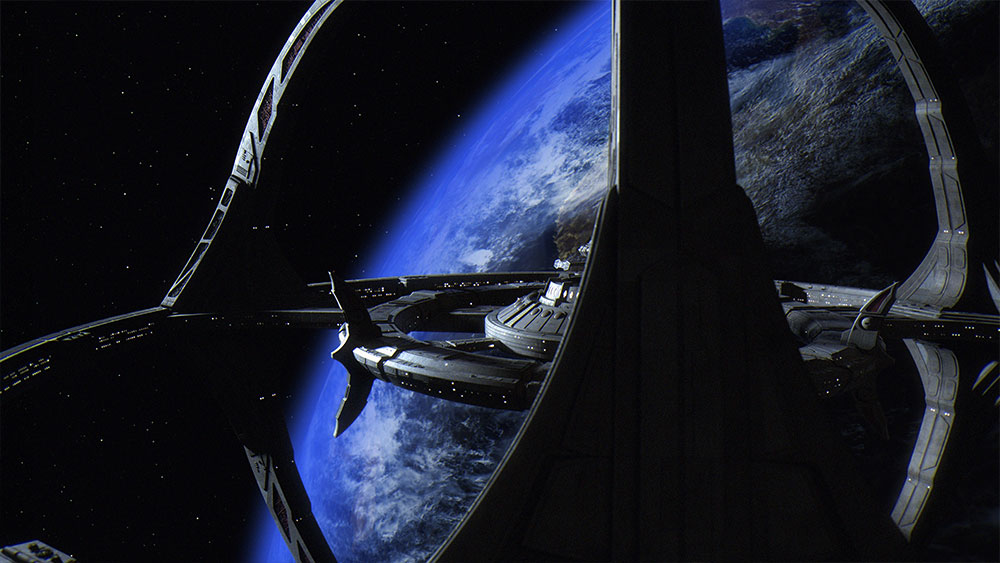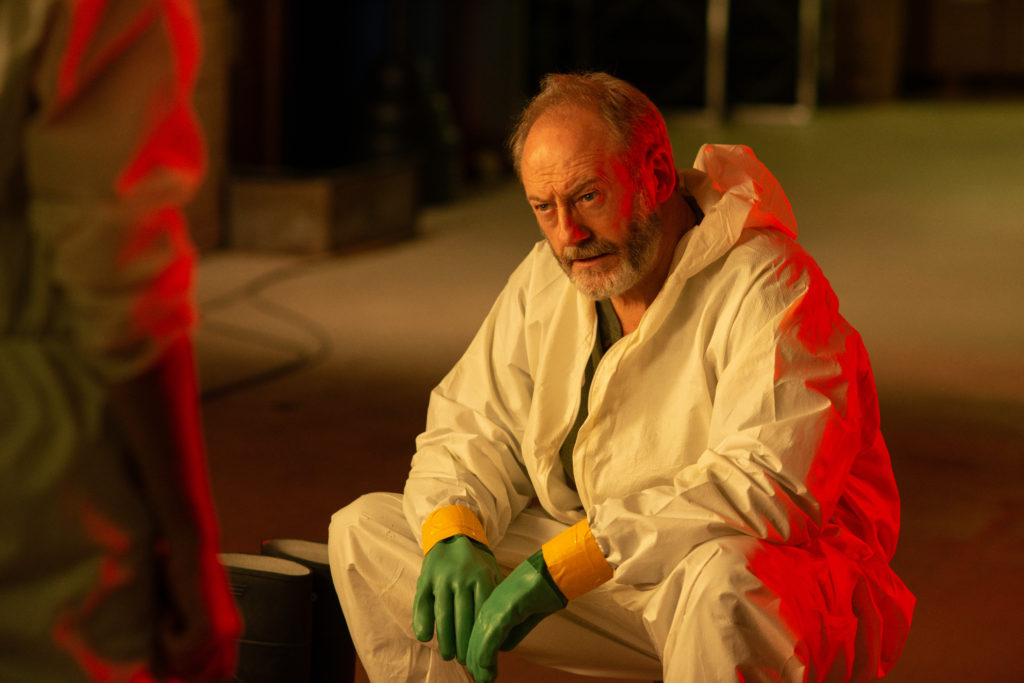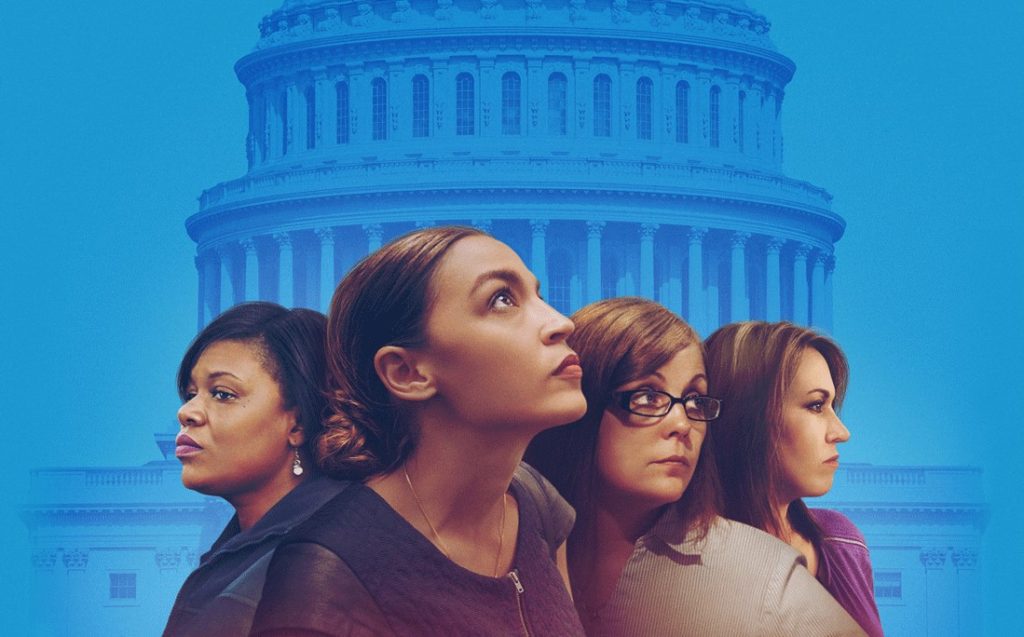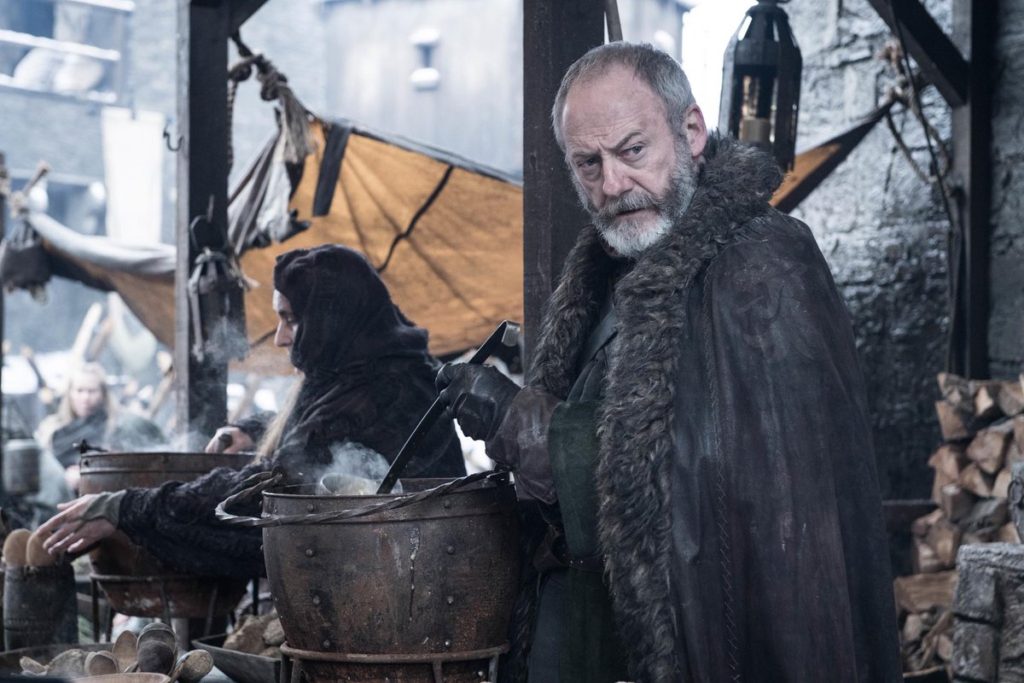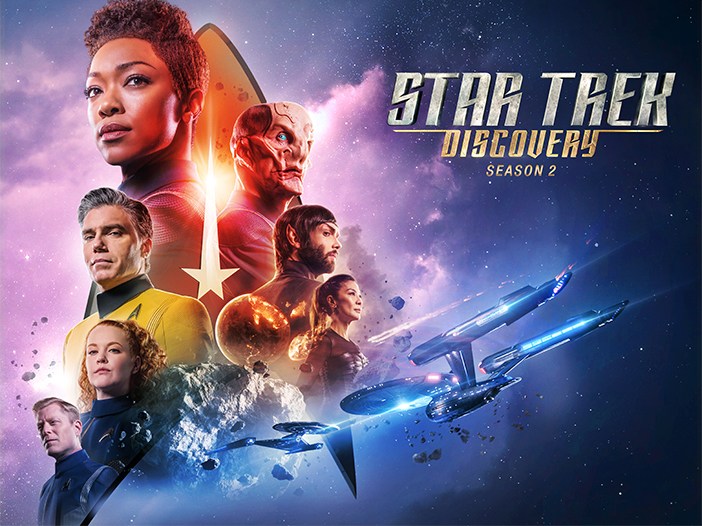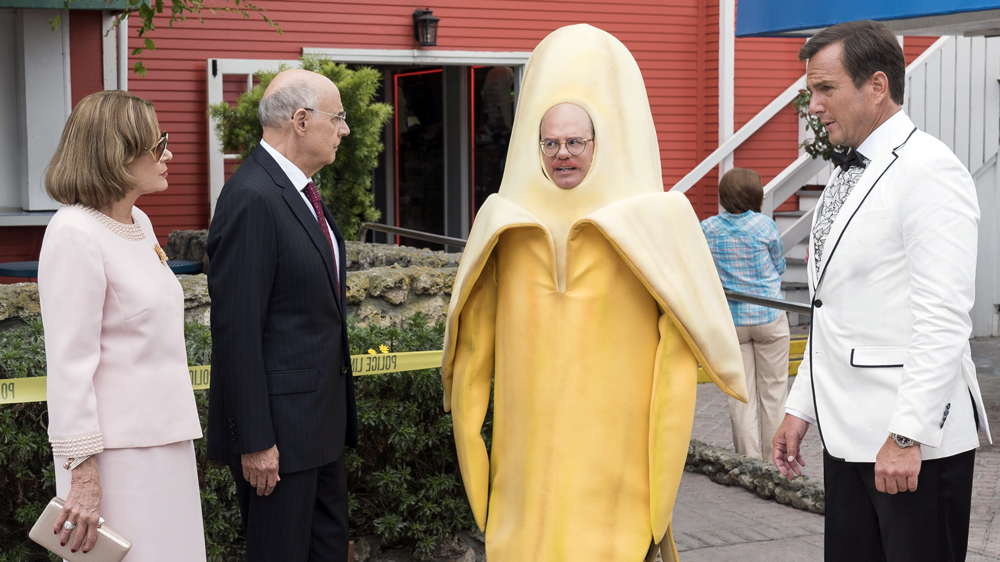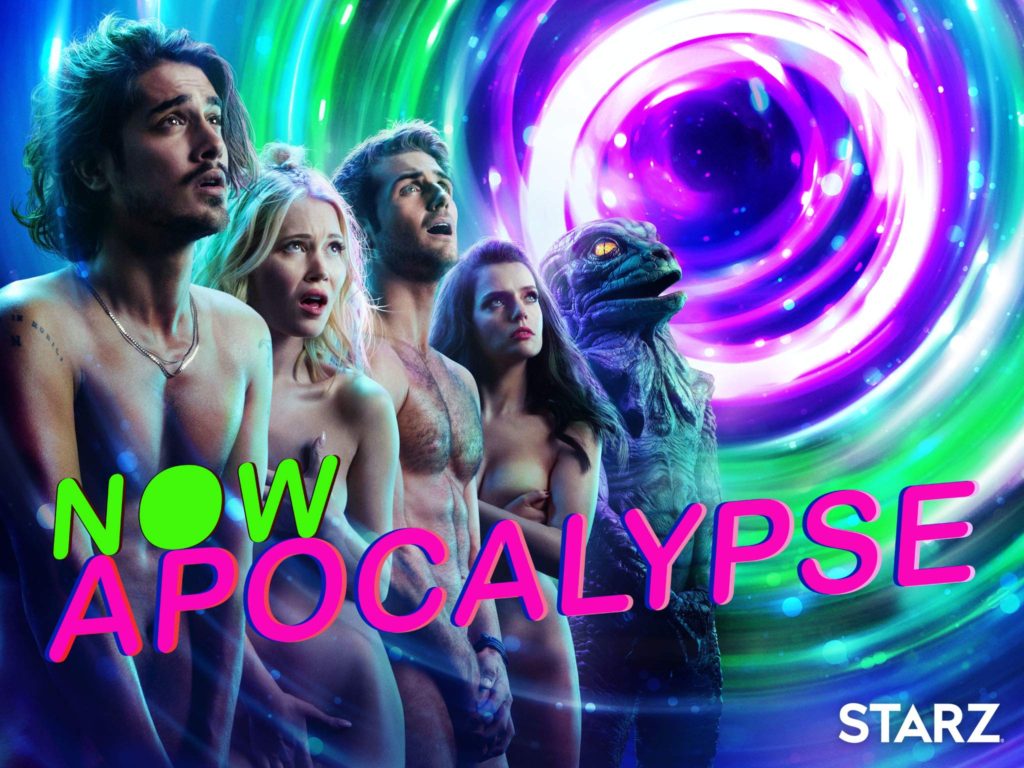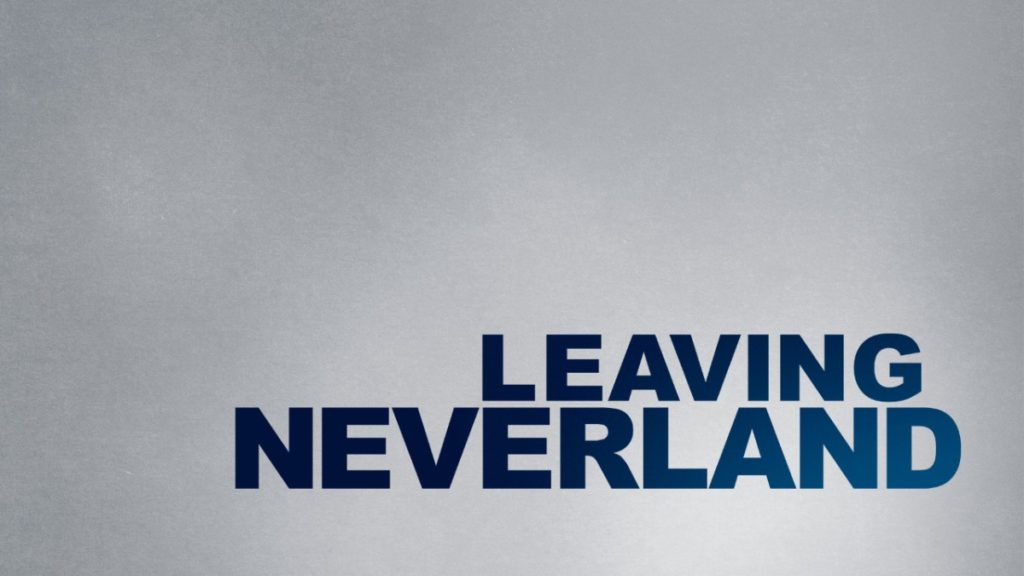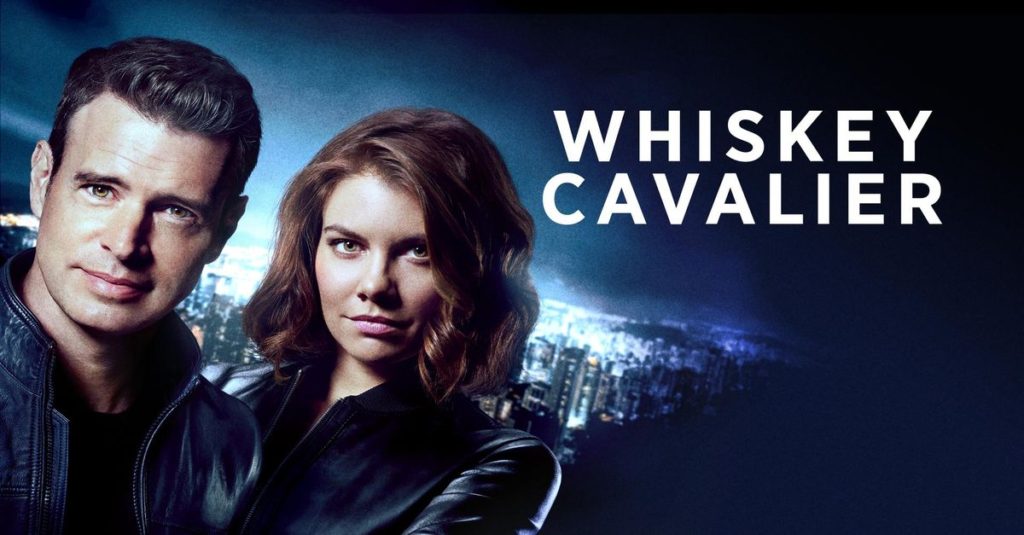What We Left Behind Is a Heartfelt Tribute to Star Trek: Deep Space Nine
Written by Ian Thomas Malone, Posted in Blog, Pop Culture, Reviews
The raw beauty of Star Trek: Deep Space Nine stems from the ways in which it changed the very definition of what it meant to be Star Trek. The primary form of exploration came not from visiting planets, but the characters who inhabited an isolated space station out in the Gamma Quadrant. The show pioneered serialized narratives well before the “golden age of television” ushered in the era of long-form storytelling. As with many trailblazers, the initial reaction proved divisive, but recent years have been kind to DS9, with the ease of streaming paving the way for future generations of fans to experience the show.
What We Left Behind is a documentary crafted to celebrate the legacy of Star Trek’s “middle child.” Co-directed by Ira Steven Behr, who served as the showrunner on DS9, the film takes a thorough approach to exploring all the various elements that went into making such a complex show. The extensive interviews, which feature the entire principal cast, practically every recurring actor, and plenty of members of the production crew and writing staff, highlight the profound impact that the show made on all of their lives.
It’s clear from the very first moments of the film that Deep Space Nine changed the lives of practically everyone involved. Behr does an excellent job not only capturing that energy, but also sustaining it throughout the course of the documentary. Building on that strong connection, Behr brought back a few of the writers to plot what season eight might have looked like. Complete with numerous animated graphics, the prospective episode is featured throughout the documentary, perhaps serving as the best example of the show’s staying power after all these years.
While the Deep Space Nine’s streaming and DVD releases haven’t had the same complete HD makeover that its two predecessor series received, most of the footage from the show included in What We Left Behind has been beautifully modernized. The show looks absolutely spectacular in HD. The chance to see one of the series’ many space battles up on the big screen with that kind of careful restoration is well worth the price of admission itself.
Behr’s greatest strength as a director is his ability to maintain an introspective lens. Like any show, mistakes were made along the way. An interview with the former chairman of Paramount Television Group Kerry McCluggage in particular took a hard look at the decision to forbid Avery Brooks from shaving his head or wearing a goatee. For all of Deep Space Nine’s progressive values, the show fell short on the subject of LGBTQ inclusion, a misfire that Behr acknowledges head-on in a way that brought me to tears as a gay Star Trek fan. That kind of raw honesty is quite rare for a documentary crafted by people personally involved with their subject.
While the documentary goes to great lengths to avoid being just a “talking heads” retrospective, it is rather powerful when it examines pivotal moments in the show’s production history. There are times when the cast and crew get pretty emotional with each other, understandable given the immense stress of working on a television show that puts out twenty-six episodes a year. Though Behr acknowledges the narrative confines of a single documentary, his film provides an immensely satisfying look at all the elements that went into making the show.
What We Left Behind is a beautiful celebration of Deep Space Nine, crafted with love by the people who poured their hearts into the show. Fans of the series couldn’t hope for a better examination of the show that changed Star Trek. It’s the kind of documentary that makes you want to put on an episode right when you get home, a powerful tribute to a show that lives on in the hearts of so many.





